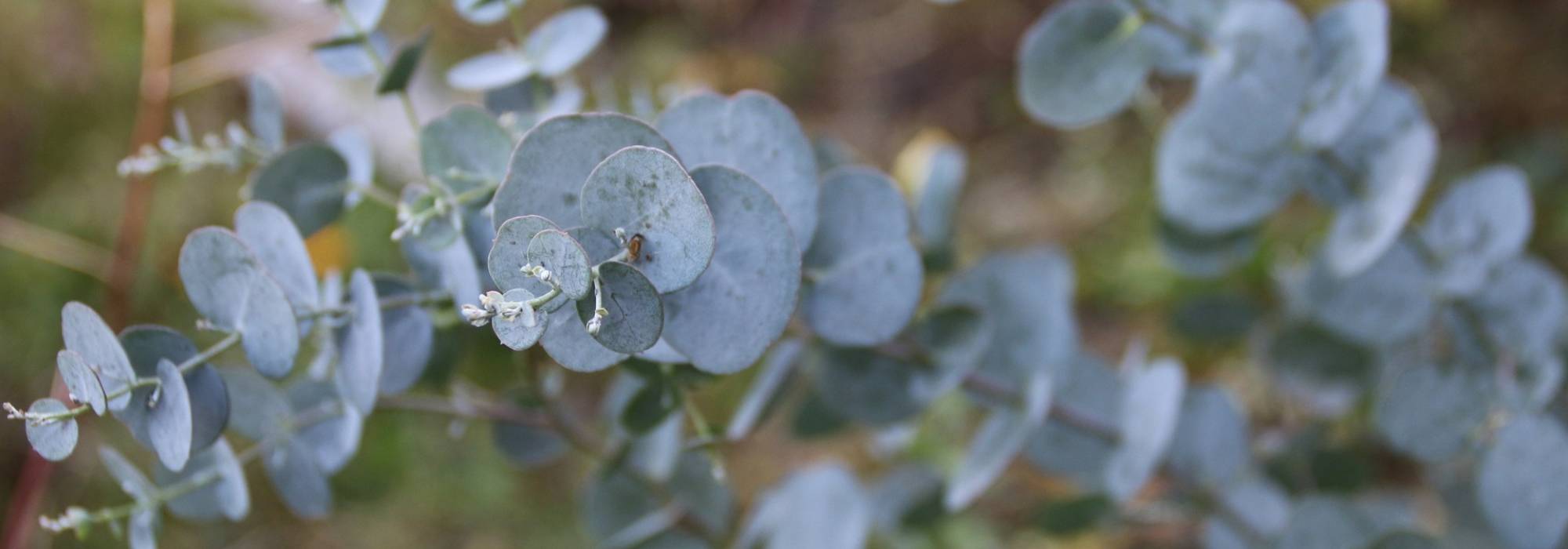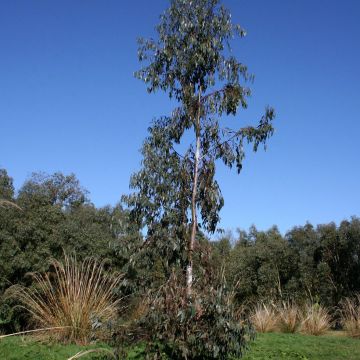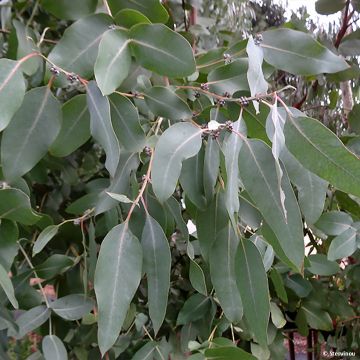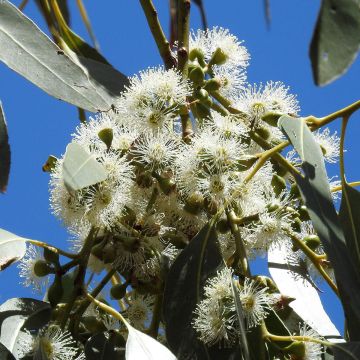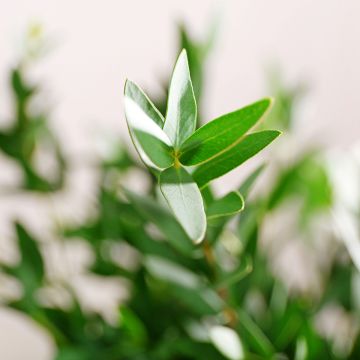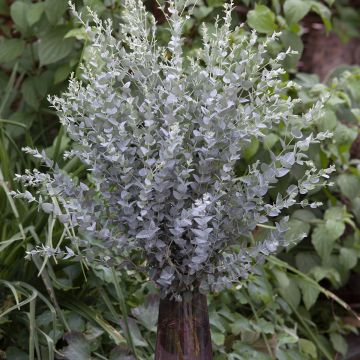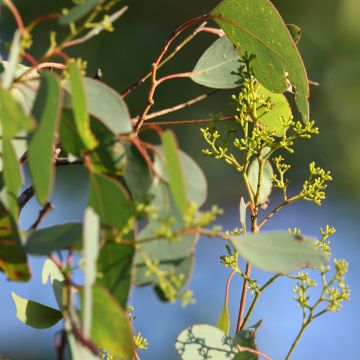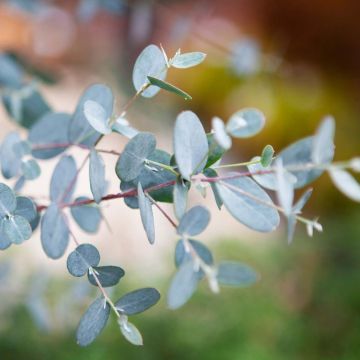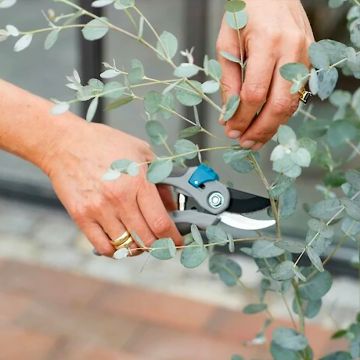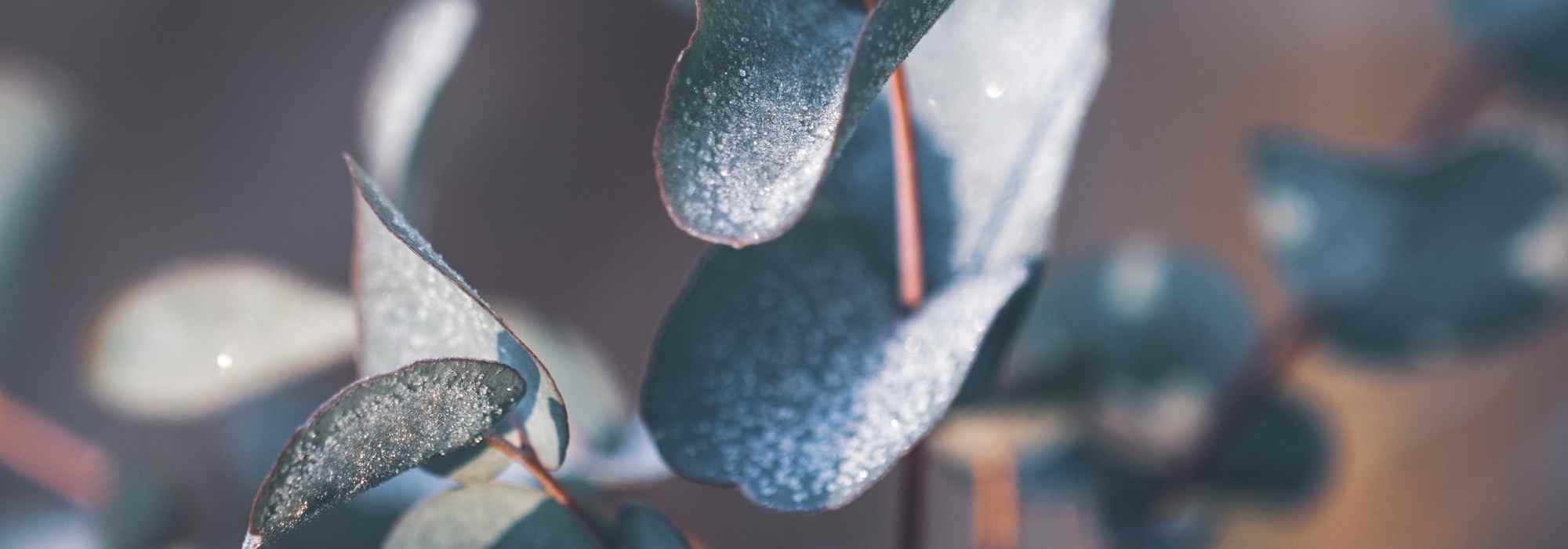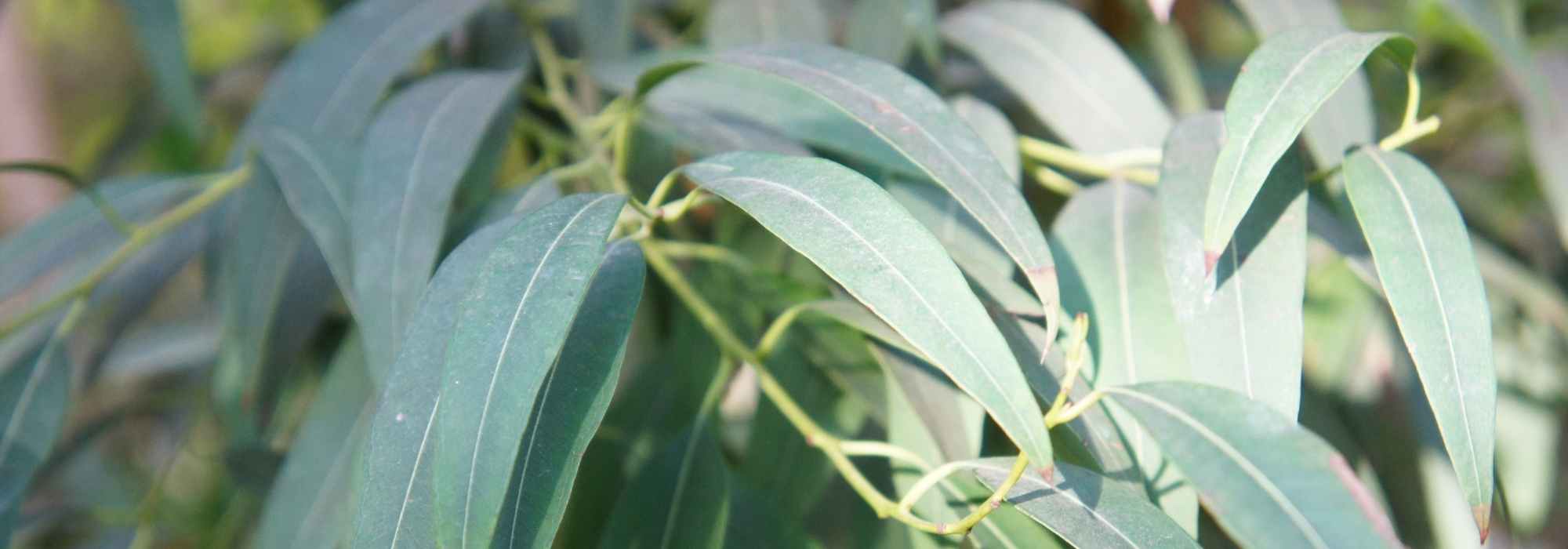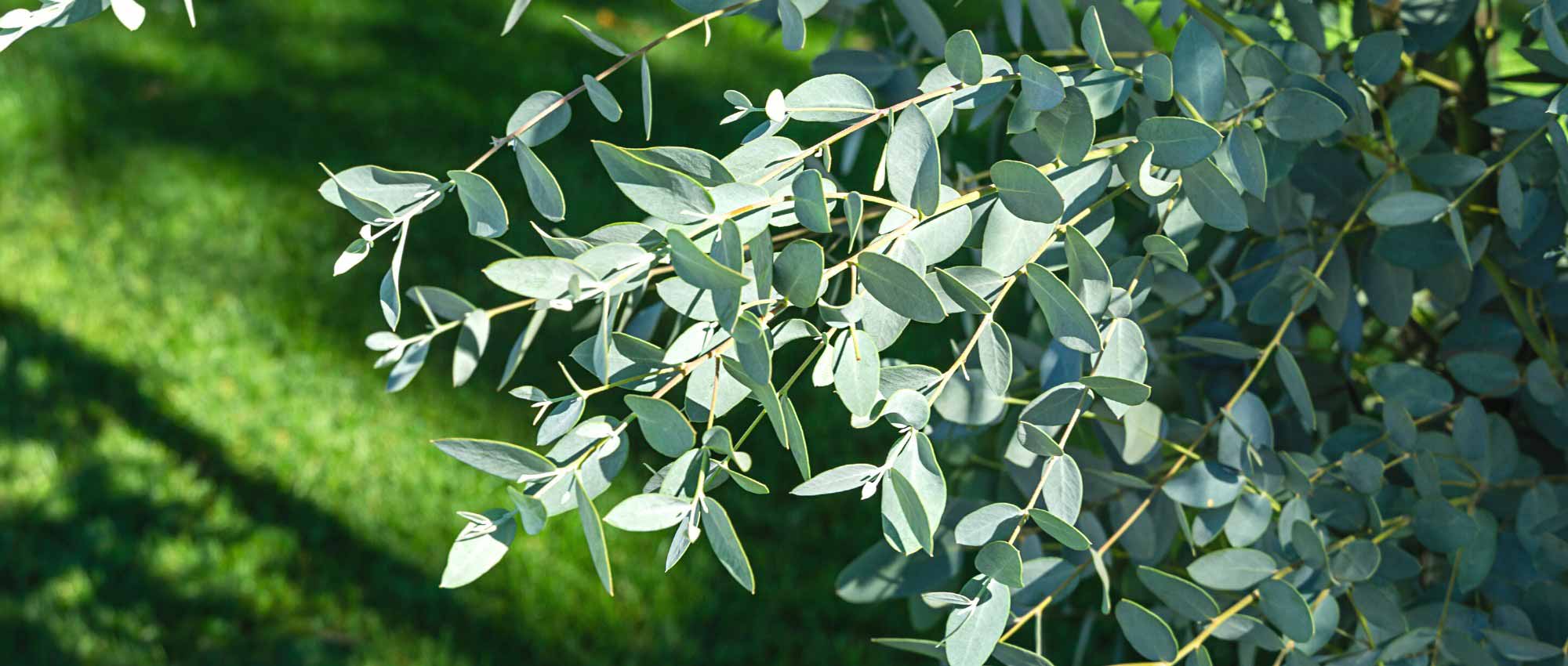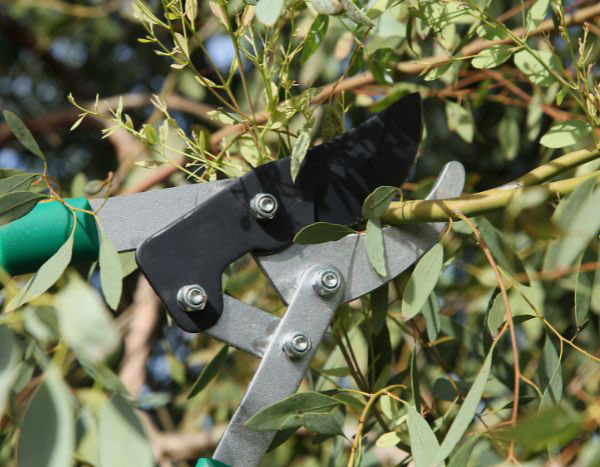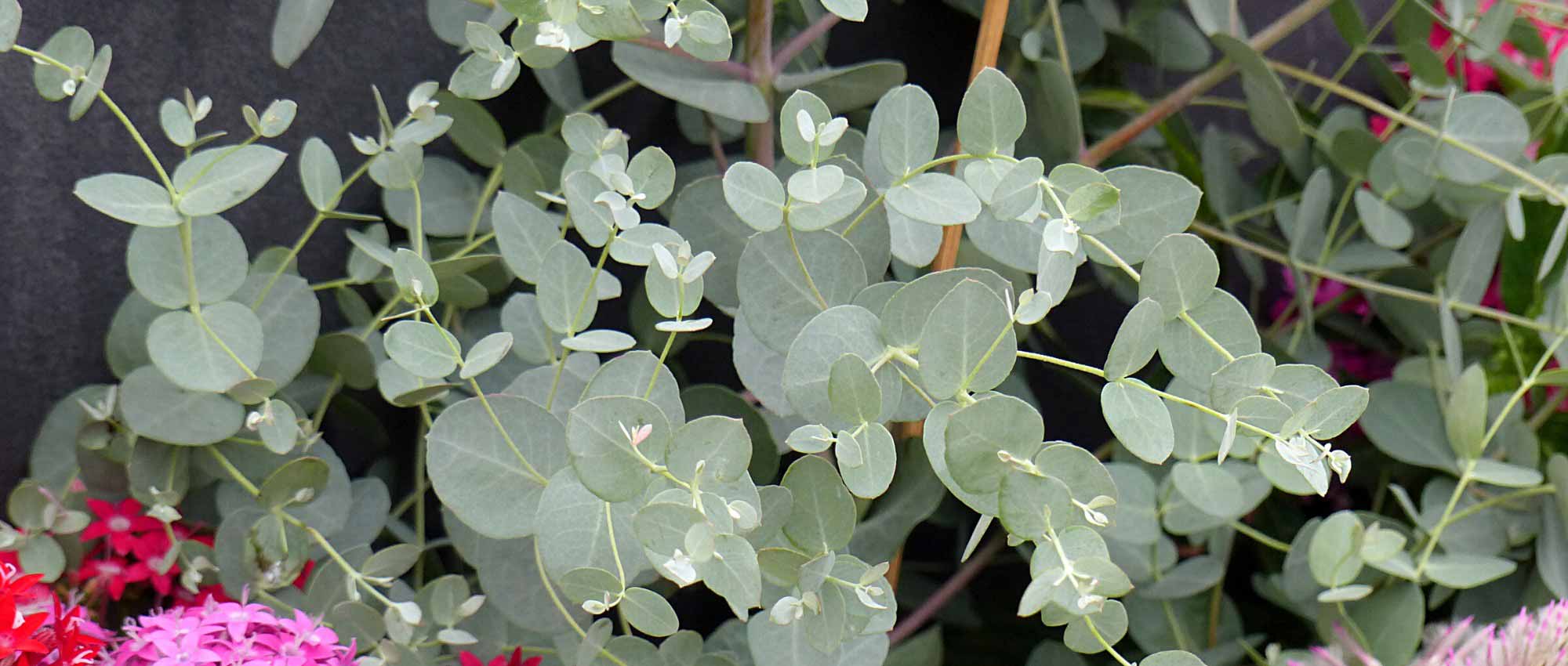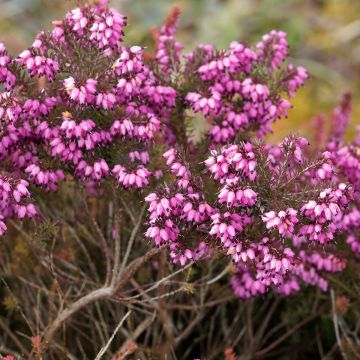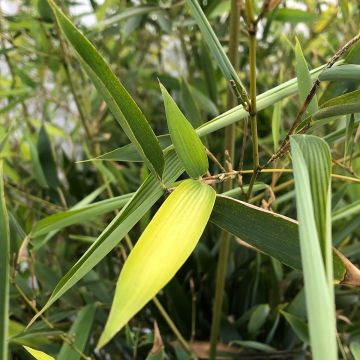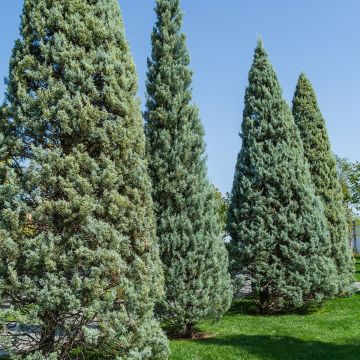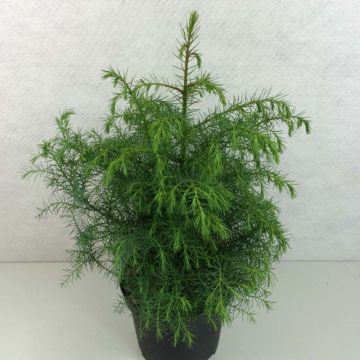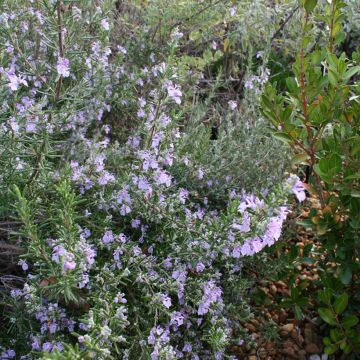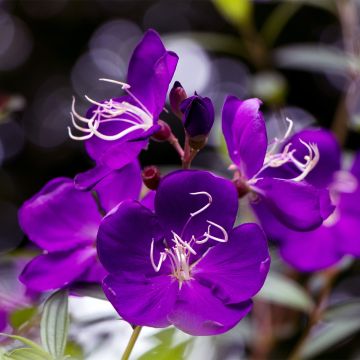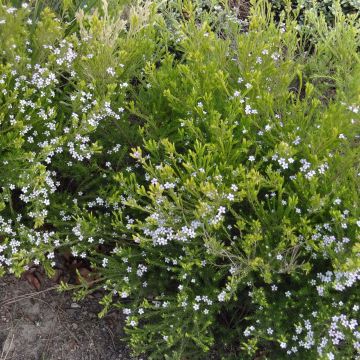

Eucalyptus pauciflora subsp. hedraia Falls Creek
Eucalyptus pauciflora subsp. hedraia Falls Creek
Eucalyptus pauciflora subsp. hedraia Falls Creek
Ghost Gum, Flooded Gum, Peppermint Tree, Swamp Gum, Weeping Gum, White Gum, White Sally
Special offer!
Receive a €20 voucher for any order over €90 (excluding delivery costs, credit notes, and plastic-free options)!
1- Add your favorite plants to your cart.
2- Once you have reached €90, confirm your order (you can even choose the delivery date!).
3- As soon as your order is shipped, you will receive an email containing your voucher code, valid for 3 months (90 days).
Your voucher is unique and can only be used once, for any order with a minimum value of €20, excluding delivery costs.
Can be combined with other current offers, non-divisible and non-refundable.
Home or relay delivery (depending on size and destination)
Schedule delivery date,
and select date in basket
This plant carries a 24 months recovery warranty
More information
We guarantee the quality of our plants for a full growing cycle, and will replace at our expense any plant that fails to recover under normal climatic and planting conditions.
Would this plant suit my garden?
Set up your Plantfit profile →
Description
The Eucalyptus pauciflora subsp. hedraia Falls Creek is a White Gum native to a very restricted geographical area in southern Australia. This small tree or large evergreen shrub with multiple trunks is appreciated for its highly ornamental bark, which combines different colours. It has a relatively dense and bushy habit, forming an irregular crown. Its juvenile foliage is also beautiful, with ovate leaves of a beautiful bluish hue. The white flowering in small pompoms that contrasts nicely with the foliage adds to its ornamental interest. It has good hardiness growing in full sun and in neutral to acidic soil.
The Eucalyptus pauciflora subsp. hedraia Falls Creek is a member of the vast family of Myrtaceae, which includes approximately 130 genera of plants from tropical and warm temperate regions. Many of them are extensively planted in gardens (Callistemon, Leptospermum, Myrtus), including the Eucalyptus, which is rich in about 800 species, almost all native to Australia.
The natural range of this species is limited to Mount Bogong, the highest point of the Victorian Alps at almost 2000 m (6562ft) altitude, as well as the nearby Falls Creek ski resort (altitude 1400 to 1840 m (4593 to 6037ft)). This mountainous Eucalyptus is, therefore, subject to a contrasting climate, with cold and snowy winters and mild to hot summers, without a true marked dry season. This relatively slow-growing species eventually forms a small tree, or a mallee, an Aboriginal term for a bushy shrub branching from the base and measuring less than 10 m (33ft). The tree form can reach up to 10 m (33ft) in height in its native habitat, while in our latitudes, it will measure from 6 to 10 m (20 to 33ft), with a practically comparable spread. The trunk is adorned with highly ornamental smooth bark, interlacing grey, white, pale brown and yellow hues. This Eucalyptus has a significant regeneration capacity thanks to its lignotuber. This is an underground swelling rich in starch, capable of producing numerous shoots if the aboveground part of the plant is destroyed (typically by fire). The regrowth is thus denser than the original plant after this coppicing. This characteristic, possessed by many Eucalyptus species, is fascinating from an ornamental point of view, as it allows for severe pruning, which, on the one hand, limits the plant's development, on the other hand, promotes branching and finally stimulates the formation of juvenile foliage, which in many species is more decorative than adult foliage. This is the case with Falls Creek, where the foliage takes an oval shape, with a swollen lamina at the base, tapering to a point and taking on a beautiful bluish colour. The leaves measure from 5.5 to 9 cm (2 to 4in) long by 3 to 5.5 cm (1 to 2in) wide and have short petioles. The adult foliage is variable, with alternate and petiolate lanceolate leaves ranging from wide to narrow or falcate. Green to bluish-green, they contain essential oils that are released when crushed.
The flowering takes on the usual appearance of small white pompoms formed by umbels comprising 9 to 15 apetalous flowers. These are the stamens in clusters that are admired. The flowering is quite variable and takes place between October and February and evolves into small cup-shaped or cylindrical fruits without ornamental interest.
This species demonstrates excellent adaptability in terms of soil and climatic conditions. It grows equally well in neutral to acidic soils and also tolerates limestone. It is also tolerant of heat and even drought, allowing it to acclimate to most regions.
The Eucalyptus pauciflora subsp. hedraia 'Falls Creek' is one of the most exciting species, capable of withstanding temperatures as low as -15°C (5°F) and beyond, provided it is planted in well-drained soil. This highly ornamental large shrub or small tree will bring a breath of exoticism to the gardens of cooler regions. To create a delightfully exotic scene, plant the Asimina triloba Allegheny alongside it. This hardy small tree produces mango-like fruits in shape and taste, with hints of banana flavour. Also consider the Persimmon, such as the Diospyros kaki Tipo, a small tree with dark green glossy foliage that evokes distant lands and produces delicious orange fruits. To complete your flower bed, plant clumps of ginger lilies, such as the Hedychium coccineum Tara, with a fiercely tropical appearance featuring long, shiny green leaves and spikes of yellow-orange flowers.
Eucalyptus pauciflora subsp. hedraia Falls Creek in pictures
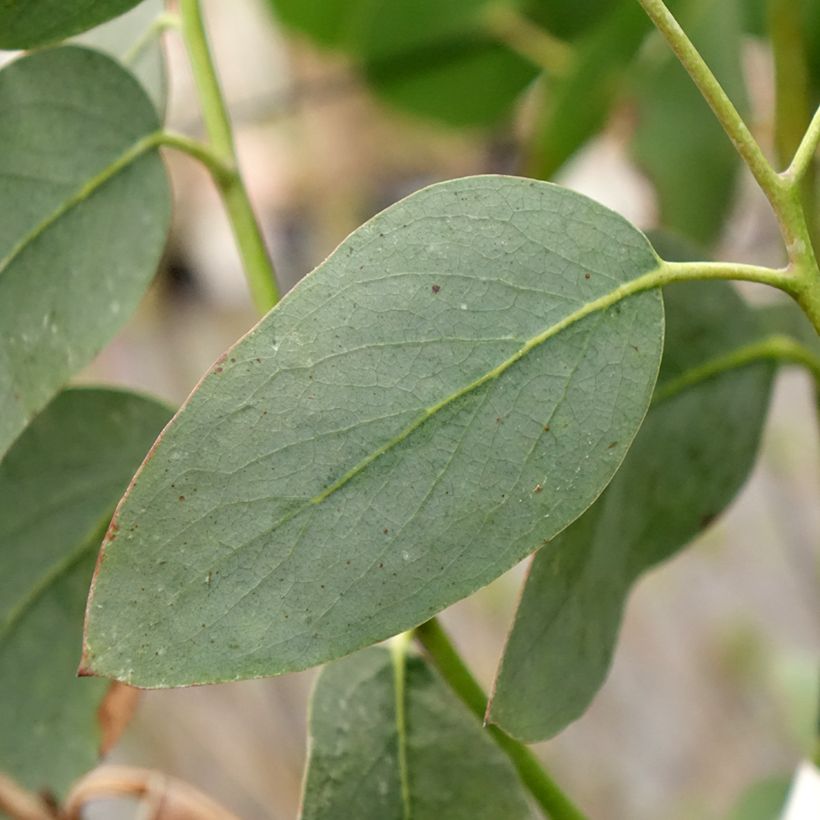

Plant habit
Flowering
Foliage
Botanical data
Eucalyptus
pauciflora subsp. hedraia
Falls Creek
Myrtaceae
Ghost Gum, Flooded Gum, Peppermint Tree, Swamp Gum, Weeping Gum, White Gum, White Sally
Australia
Other Eucalyptus
View all →Planting and care
The Eucalyptus pauciflora subsp. hedraia Falls Creek is preferably planted in early spring in cold regions and early autumn in warm climates. Plant it in well-drained soil, moist to occasionally dry, and without too much limestone, in a warm and sunny location. Once mature, it is hardy up to -15 °C (5°F) in these conditions. In many regions, you can plant it directly in the ground, taking care of the drainage by adding coarse sand, pumice, or non-limestone gravel. Water regularly during the first two years, and then the bush generally doesn't need watering in summer once well established, except in hot and dry climates. Fertiliser is unnecessary and not recommended. Pruning is well tolerated after flowering: this eucalyptus easily produces multiple trunks from its base.
Planting period
Intended location
Care
Planting & care advice
This item has not been reviewed yet - be the first to leave a review about it.
Similar products
Haven't found what you were looking for?
Hardiness is the lowest winter temperature a plant can endure without suffering serious damage or even dying. However, hardiness is affected by location (a sheltered area, such as a patio), protection (winter cover) and soil type (hardiness is improved by well-drained soil).

Photo Sharing Terms & Conditions
In order to encourage gardeners to interact and share their experiences, Promesse de fleurs offers various media enabling content to be uploaded onto its Site - in particular via the ‘Photo sharing’ module.
The User agrees to refrain from:
- Posting any content that is illegal, prejudicial, insulting, racist, inciteful to hatred, revisionist, contrary to public decency, that infringes on privacy or on the privacy rights of third parties, in particular the publicity rights of persons and goods, intellectual property rights, or the right to privacy.
- Submitting content on behalf of a third party;
- Impersonate the identity of a third party and/or publish any personal information about a third party;
In general, the User undertakes to refrain from any unethical behaviour.
All Content (in particular text, comments, files, images, photos, videos, creative works, etc.), which may be subject to property or intellectual property rights, image or other private rights, shall remain the property of the User, subject to the limited rights granted by the terms of the licence granted by Promesse de fleurs as stated below. Users are at liberty to publish or not to publish such Content on the Site, notably via the ‘Photo Sharing’ facility, and accept that this Content shall be made public and freely accessible, notably on the Internet.
Users further acknowledge, undertake to have ,and guarantee that they hold all necessary rights and permissions to publish such material on the Site, in particular with regard to the legislation in force pertaining to any privacy, property, intellectual property, image, or contractual rights, or rights of any other nature. By publishing such Content on the Site, Users acknowledge accepting full liability as publishers of the Content within the meaning of the law, and grant Promesse de fleurs, free of charge, an inclusive, worldwide licence for the said Content for the entire duration of its publication, including all reproduction, representation, up/downloading, displaying, performing, transmission, and storage rights.
Users also grant permission for their name to be linked to the Content and accept that this link may not always be made available.
By engaging in posting material, Users consent to their Content becoming automatically accessible on the Internet, in particular on other sites and/or blogs and/or web pages of the Promesse de fleurs site, including in particular social pages and the Promesse de fleurs catalogue.
Users may secure the removal of entrusted content free of charge by issuing a simple request via our contact form.
The flowering period indicated on our website applies to countries and regions located in USDA zone 8 (France, the United Kingdom, Ireland, the Netherlands, etc.)
It will vary according to where you live:
- In zones 9 to 10 (Italy, Spain, Greece, etc.), flowering will occur about 2 to 4 weeks earlier.
- In zones 6 to 7 (Germany, Poland, Slovenia, and lower mountainous regions), flowering will be delayed by 2 to 3 weeks.
- In zone 5 (Central Europe, Scandinavia), blooming will be delayed by 3 to 5 weeks.
In temperate climates, pruning of spring-flowering shrubs (forsythia, spireas, etc.) should be done just after flowering.
Pruning of summer-flowering shrubs (Indian Lilac, Perovskia, etc.) can be done in winter or spring.
In cold regions as well as with frost-sensitive plants, avoid pruning too early when severe frosts may still occur.
The planting period indicated on our website applies to countries and regions located in USDA zone 8 (France, United Kingdom, Ireland, Netherlands).
It will vary according to where you live:
- In Mediterranean zones (Marseille, Madrid, Milan, etc.), autumn and winter are the best planting periods.
- In continental zones (Strasbourg, Munich, Vienna, etc.), delay planting by 2 to 3 weeks in spring and bring it forward by 2 to 4 weeks in autumn.
- In mountainous regions (the Alps, Pyrenees, Carpathians, etc.), it is best to plant in late spring (May-June) or late summer (August-September).
The harvesting period indicated on our website applies to countries and regions in USDA zone 8 (France, England, Ireland, the Netherlands).
In colder areas (Scandinavia, Poland, Austria...) fruit and vegetable harvests are likely to be delayed by 3-4 weeks.
In warmer areas (Italy, Spain, Greece, etc.), harvesting will probably take place earlier, depending on weather conditions.
The sowing periods indicated on our website apply to countries and regions within USDA Zone 8 (France, UK, Ireland, Netherlands).
In colder areas (Scandinavia, Poland, Austria...), delay any outdoor sowing by 3-4 weeks, or sow under glass.
In warmer climes (Italy, Spain, Greece, etc.), bring outdoor sowing forward by a few weeks.






























